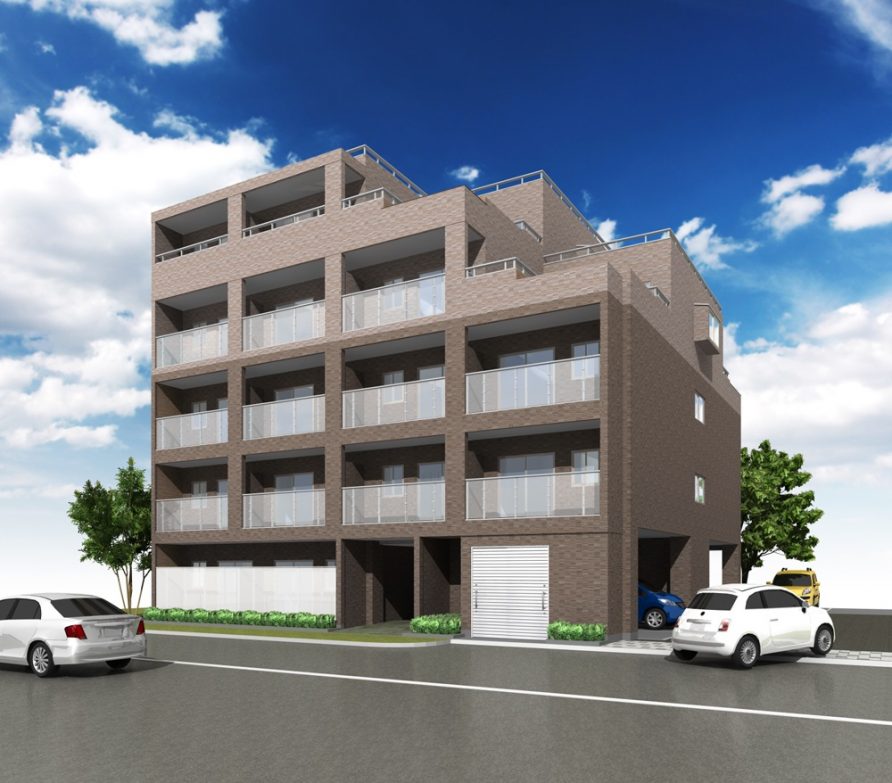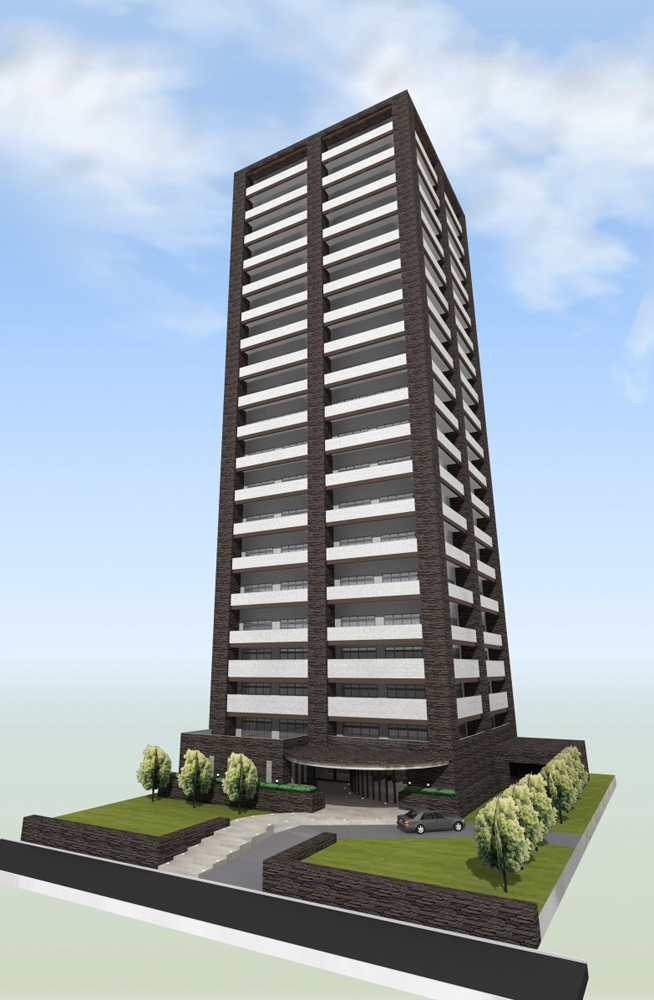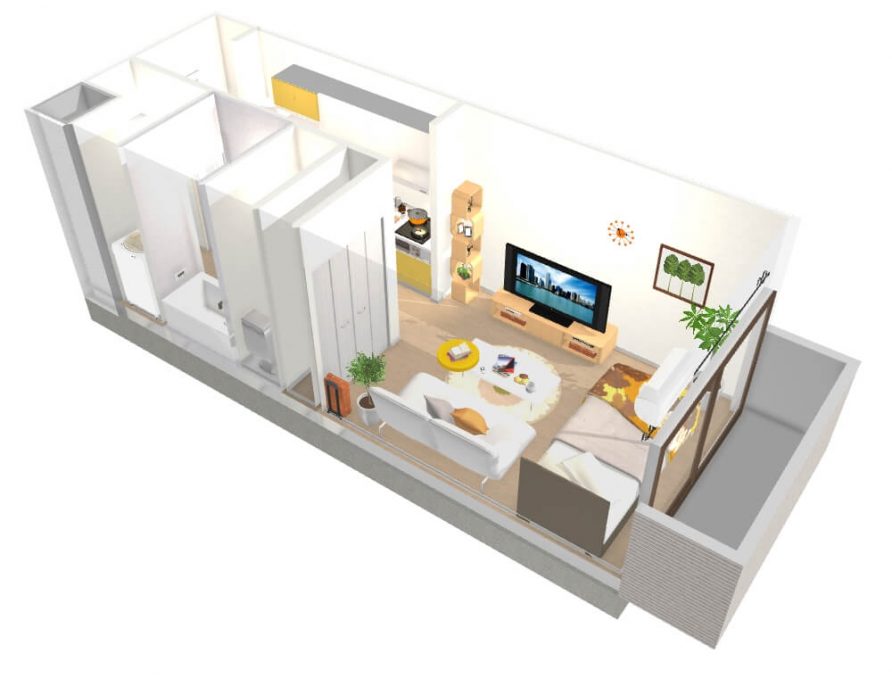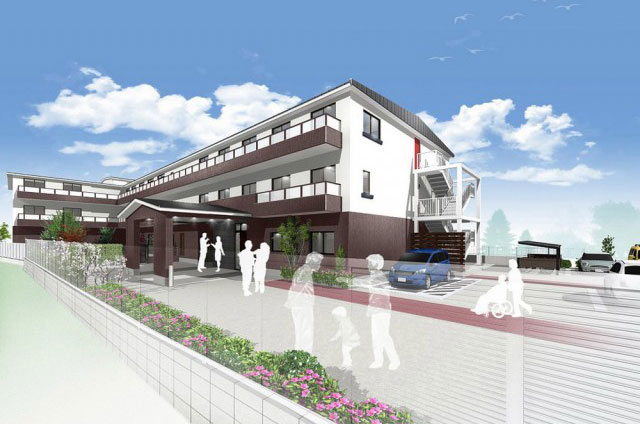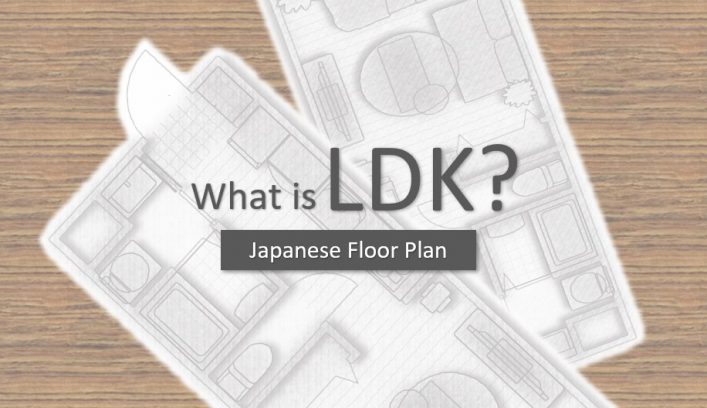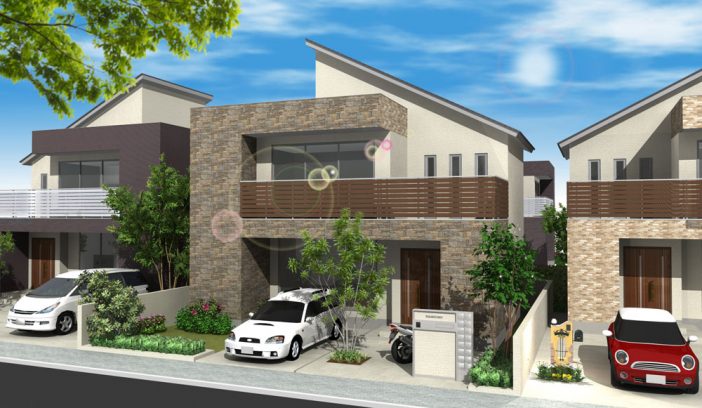The Japanese Home
Introducing unique architectural features and designs
influenced by Japanese culture.
What is the Japanese image of a “Mansion”?
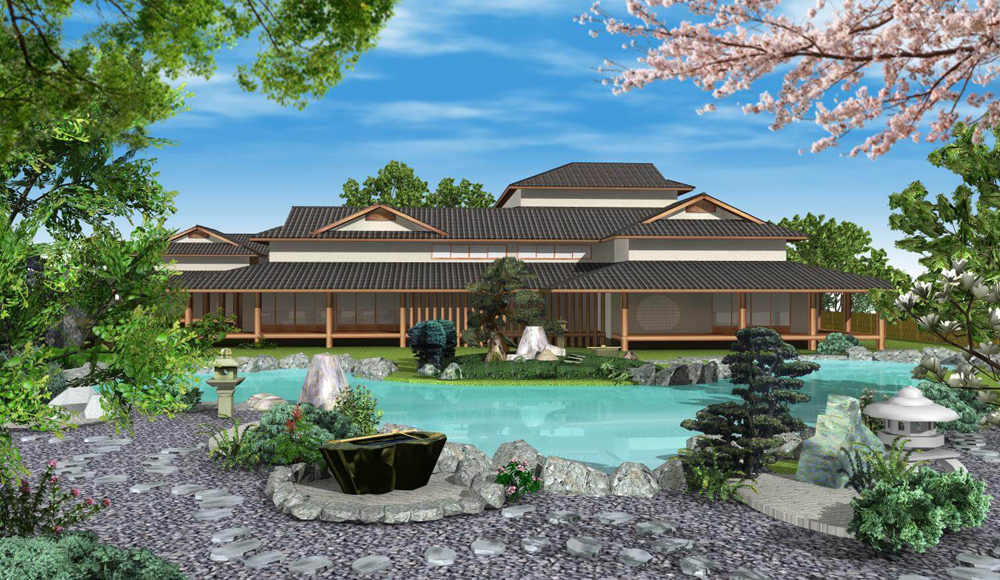
December 7. 2021
What do you picture when you see an advertisement saying “A beautiful mansion with a water view in Kyoto, Japan”? You may imagine a traditional Sukiya-zukuri building with a Japanese garden and a private pond view. It may include a tea ceremony room built by the pond where you can enjoy watching some gorgeous Koi (carps) swimming majestically.
How about “A tower mansion in the center of Tokyo, Japan”? You may imagine a Japanese castle tower-like private home located in the center of Tokyo.
That could be a way most native English speakers imagine it, but Japanese people who do not speak English at all use the word “mansion” quite differently from either of the images above. You don’t have to be a super-rich to live in a “mansion” in Japan!
Many Japanese-English (Japaenglish) words are used in Japan, with several of them being shortened from English words. Sometimes the meaning is not the exact the same, which can often amuse or confuse a native English speaker.
The word “mansion” is equivalent to a condominium or an apartment in Japan.
Late 1950’s developers used the word “mansion” to promote the multi-family residential building, which was modern and a little more luxurious than the apartments built directly after World War II. These days, the word “mansion -マンション” still defines an apartment or condominium, and not necessarily a luxurious or hi-end house. The common size for family units is around 60 to 90 m2, or 650 to 970 sq.
The word “tower mansion” refers to high-rise apartment buildings with more than 20 floors (60 meters or more), not actual classic towers or castles.
What is “one-room mansion” in Japanese?
You may also find a type of a mansion called, “one-room mansion”, which is only one small room (10 m2 or 110 sqft in many cases) with a compact bathroom. It is the functional equivalent of the Western-style studio apartment. These units are most often rented by single individuals due to their extremely small size; it is hard for more than one person to reside in them. So, if your Japanese friend invites you to stay at his “mansion” do not get too excited. It would most likely be a regular studio apartment – and you may end up sleeping on their sofa!
If a “mansion” is an apartment, how is the word “apartment” is used in Japan?
In the Japanese language, the word “apart-アパート” which is shortened of “apartment” is used for smaller multi-family rental properties, commonly up to the 3-stories, which is built with wood or lightweight steel. In comparison, a ” mansion” is relatively large, and its structure is basically much more solid, usually consisting of reinforced concrete or steel-framed reinforced concrete. Also, “apart” usually refers to a rental unit, but “mansion” can be either rental, or for sale. When Japanese people move from an “apart” to a “mansion”, it typically means that they have upgraded their living condition by owning their own home.
There is another type of multiple residence building called “danchi”. For the structure wise, it is the same as “mansion”, but they are public housings units built by government authorities. During the 1950s, 60s, and 70s, the Japanese government built many “danchi” in suburban areas to offset the housing demand of the increasing Japanese population. Many of them are still maintained and exist.
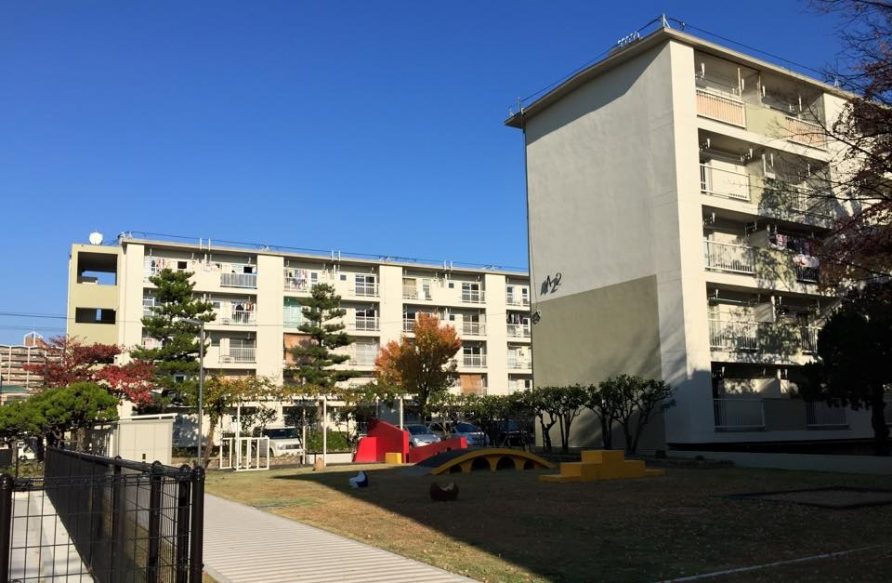
“danchi”
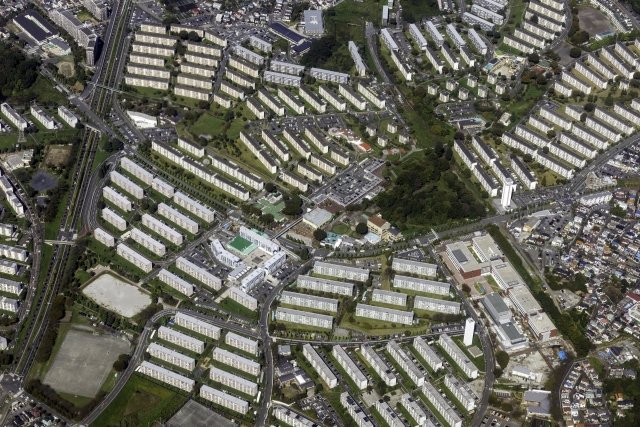
“danchi” viewed from the sky
How are large impressive homes called in Japanese?
The original definition of “mansion” in English is a large, impressive house. What are those large impressive homes called in Japanese? “Go-tei” is the word for it. “go” means luxury, “tei” means mansion or residence.
Are there many “Go-tei” in Japan? Well, Japan is the 3rd largest economy in the world by GDP. As such, there are many rich and famous people, and those people live in luxurious houses. However, these days, most “Go-tei” are modern, Western-style buildings. You may not see Japanese traditional “Go-tei” buildings very often, especially in the big cities.


